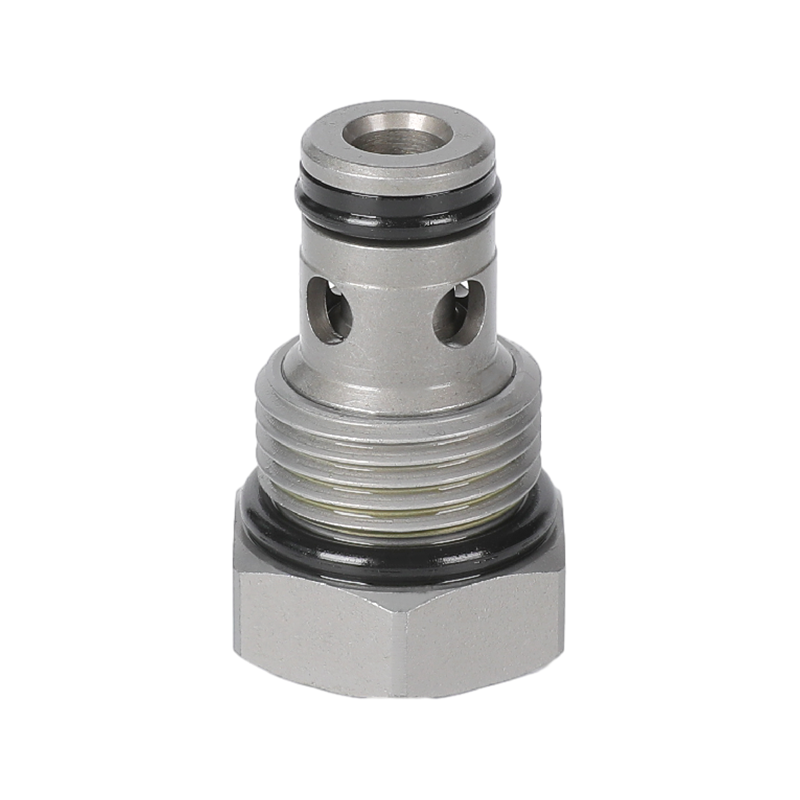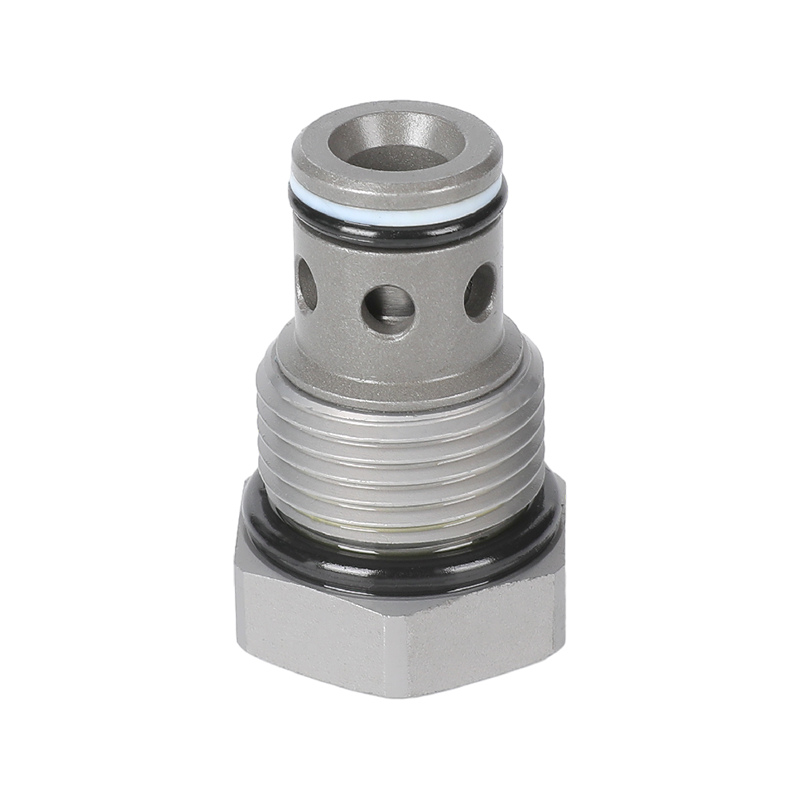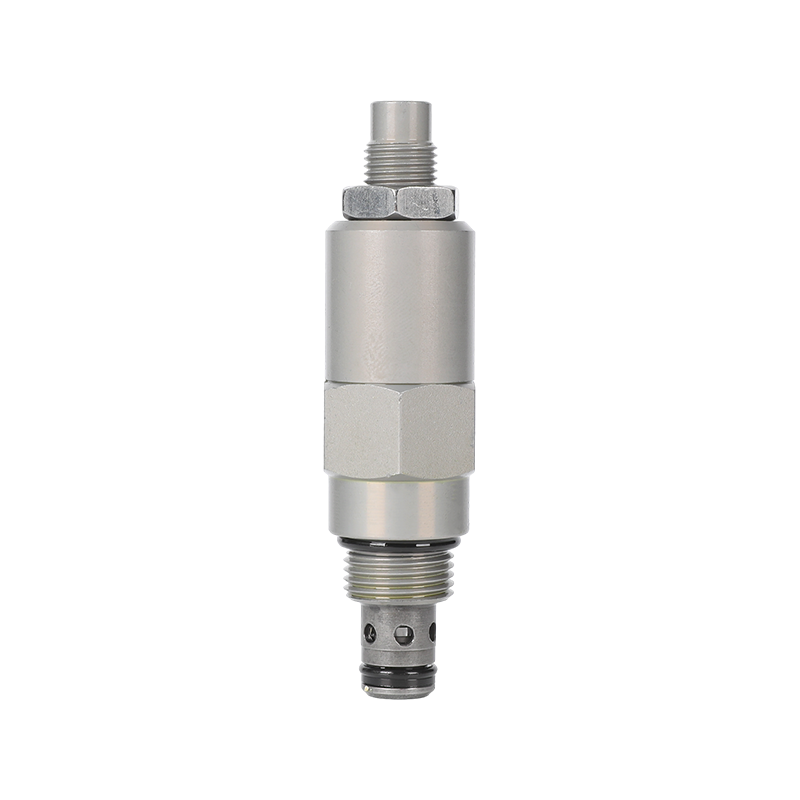Diverter valves play a crucial role in modern household water systems, as they can significantly improve water efficiency, reduce energy consumption, and optimize overall system functionality. Whether used for hot water circulation, multi-channel water supply, or underfloor heating zoning control, the reasonable selection and installation of diversion valves can bring significant energy-saving effects and improved user experience.
Accurate water flow control and allocation optimization
The core function of a diversion valve is to flexibly control the direction of water flow, making the household water supply system more efficient. For example, in traditional hot and cold water mixing systems, manual or electric three-way diversion valves can quickly switch the water flow path, ensuring that the water needs of different areas such as showers, kitchens, or laundry rooms are accurately met. This directional allocation avoids unnecessary pipeline redundancy and reduces pressure loss of water flow during long-distance transportation. For multi story residential buildings or villas, diversion valves can also be used in conjunction with pressure balancing devices to ensure stable water pressure on different floors and prevent high-rise residents from affecting normal water use due to insufficient water pressure.
Improve the efficiency of hot water circulation and reduce water resource waste
The application of diverter valves is particularly critical in household hot water systems. For example, using Redwater ™ Diverter, a hot water diversion device, can recycle cold water into the heating system for reuse instead of directly discharging it into the sewer. According to statistics, this technology can save about 16000 liters of drinking water per year for ordinary households, while reducing the time required to wait for hot water to flow out. The electric three-way diverter valve can intelligently switch between domestic hot water and heating water flow, for example, prioritizing the supply of heating hot water in winter and fully switching to domestic hot water mode in summer, thereby optimizing energy efficiency.
Reduce energy consumption and water pressure loss, improve system stability
Traditional water systems often have excessively high or low water pressure in some branches due to unreasonable pipeline design or improper valve adjustment, which not only affects the water usage experience but also increases the energy consumption of the water pump. The use of pressure compensation type diversion valves (such as products from brands like Sun Hydraulics) can automatically balance the flow distribution of different branches, ensuring pressure balance at each outlet point. Reasonably arranging the position of the diversion valve can reduce unnecessary pipe bends and lengths, thereby reducing water flow resistance and improving the overall energy efficiency of the system.
Multi functional integrated application, simplifying system structure
Compared to traditional combinations of multiple one-way valves, modern diverter valves (such as TBV three-way ball valves) can achieve multi way switching function with a single valve, which not only reduces potential leakage points but also simplifies installation and maintenance processes. For example, the electric water distribution valve for dishwashers adopts a baffle structure, which can reliably switch between different water circuits, ensuring sealing and improving durability. Similar designs can also be used in intelligent irrigation systems to automatically adjust watering paths based on soil moisture in different areas, avoiding water resource waste.
Extend equipment lifespan and maintenance convenience
The long-term stable operation of a diversion valve cannot be achieved without proper maintenance. In hard water areas, calcium and magnesium ions are prone to deposit and form scale inside valves, especially metal valves in hot water systems are more easily affected. Choosing corrosion-resistant materials (such as engineering plastics or stainless steel) for diversion valves can significantly extend their service life. Regular cleaning of the valve interior (such as using citric acid solution to dissolve scale) can prevent blockage and jamming. Firmware updates and sensor calibration are also key factors in ensuring long-term stable operation of intelligent valve systems, such as electric diverter valves that support Wi Fi remote control.

 English
English русский
русский
 ++86-0575-87669088
++86-0575-87669088


